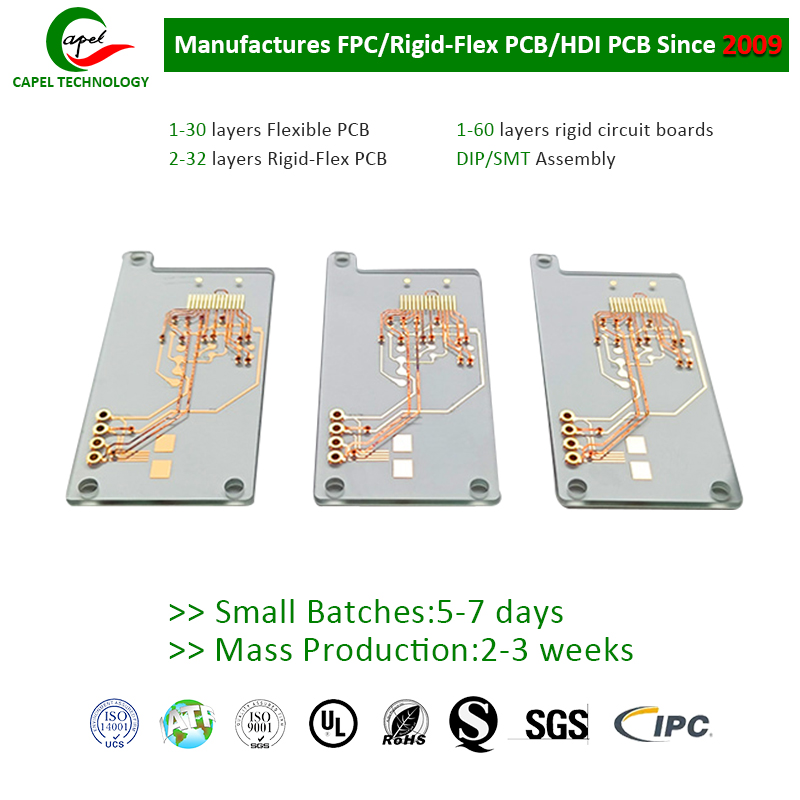In this blog post, we will explore the main materials used in the production of ceramic circuit boards and discuss their importance for achieving optimal performance.
In the production of ceramic circuit boards, a variety of materials play a vital role in ensuring their functionality and reliability. Ceramic circuit boards, also known as ceramic printed circuit boards (PCBs), are widely used in various industries including electronics, aerospace and automotive due to their excellent thermal conductivity, high operating temperature and superior electrical properties.
Ceramic circuit boards are mainly composed of a combination of ceramic materials and metals, carefully selected to meet the specific requirements of different applications.
1. Ceramic substrate:
The foundation of a ceramic circuit board is the ceramic substrate, which provides the foundation for all other components. Aluminum oxide (Al2O3) and aluminum nitride (AlN) are the most commonly used ceramic materials. Alumina has excellent mechanical strength, high thermal conductivity and good electrical insulation, making it suitable for a wide range of applications. Aluminum nitride, on the other hand, offers excellent thermal conductivity and thermal expansion properties, making it ideal for applications that require efficient heat dissipation.
2. Conductive traces:
Conductive traces are responsible for carrying electrical signals between different components on a circuit board. In ceramic circuit boards, metal conductors such as gold, silver, or copper are used to create these traces. These metals were chosen for their high electrical conductivity and compatibility with ceramic substrates. Gold is generally favored for its excellent corrosion resistance and stable electrical properties, especially in high-frequency applications.
3. Dielectric layer:
Dielectric layers are critical to insulating conductive traces and preventing signal interference and short circuits. The most common dielectric material used in ceramic circuit boards is glass. Glass has excellent electrical insulating properties and can be deposited as a thin layer on ceramic substrates. In addition, the glass layer can be customized to have a specific dielectric constant value, allowing precise control of the electrical properties of the circuit board.
4. Solder mask and surface treatment:
Solder mask is applied on top of the conductive traces to protect them from environmental factors such as dust, moisture, and oxidation. These masks are typically made from epoxy or polyurethane-based materials that provide insulation and protection. Use surface treatments such as immersion tin or gold plating to enhance the board’s solderability and prevent oxidation of exposed copper traces.
5. Via filling material :
Vias are small holes drilled through a circuit board that allow electrical connections between different layers of the board. In ceramic circuit boards, via fill materials are used to fill these holes and ensure reliable electrical conductivity. Common via filling materials include conductive pastes or fillers made of silver, copper or other metal particles, mixed with glass or ceramic fillers. This combination provides electrical and mechanical stability, ensuring a strong connection between the different layers.
In summary
The production of ceramic circuit boards involves a combination of ceramic materials, metals and other specialized substances. Aluminum oxide and aluminum nitride are used as substrates, while metals such as gold, silver and copper are used for conductive traces. The glass acts as a dielectric material, providing electrical insulation, and an epoxy or polyurethane solder mask protects the conductive traces. The connection between the different layers is established through a filling material consisting of conductive paste and fillers.
Understanding the materials used in the production of ceramic circuit boards is critical for engineers and designers to develop efficient and reliable electronic devices. Selecting the appropriate material depends on specific application requirements such as thermal conductivity, electrical properties and environmental conditions. By harnessing the unique properties of each material, ceramic circuit boards continue to revolutionize various industries with their superior performance and durability.
Post time: Sep-25-2023
Back







